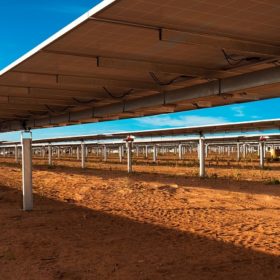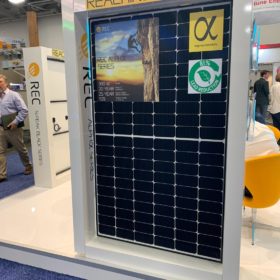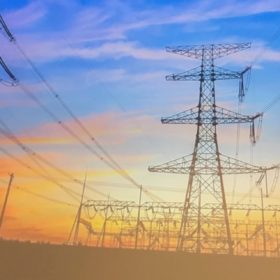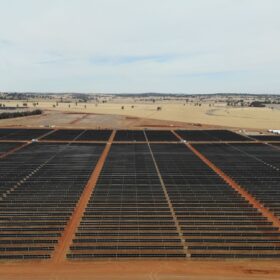Thor harnesses power of the sun
Thor actor Chris Hemsworth has used his experience harnessing electricity from the clouds to harness electricity from the sun with the installation of hundreds of solar panels on the rooftop of his $20 million Byron Bay mansion.
Shoalhaven closes in on renewable energy target
Not just a haven for shoals, Shoalhaven is rapidly becoming a haven for solar PV too as the region pushes ahead to its renewable energy goals with a large rooftop installation on the Shoalhaven Entertainment Centre.
Hydrogen powered mining trucks are coming
The building-sized trucks run on diesel and prompt logistical complications as large amounts of diesel must be shipped to remote mining sites. Attempts to decarbonize the mining sector will have to consider the heavy-duty vehicles.
DuPont on the hunt for Aussie field survey partners
Over the last decade, materials giant DuPont has surveyed more than 2 GW of PV installations and analyzed a range of failure types and their causes. Hong-Jie Hu, DuPont’s solar technical and development lead in China, says that the company is looking for Australian partners for its Global Field Survey program – with a particular interest in hot and humid and desert environments.
Deakin researchers find ‘Holy Grail’ of PV module recycling
Researchers from Deakin’s Institute for Frontier Materials claim to have solved the biggest problem that’s preventing photovoltaic cells from being recycled.
Installation of one of Australia’s largest rooftop solar arrays underway
The first rows of solar panels have been laid on the roof of the Main Assembly Building at Tonsley Innovation District. The 2.34 MW solar array will ultimately work in conjunction with on-site battery storage and smart technologies as part of South Australia’s first district energy scheme.
REC to launch Alpha Series in Australia
The Norwegian solar manufacturer is planning to debut its Alpha Series heterojunction (HJT) modules at next week’s All-Energy event in Melbourne. Touted as the world’s highest power 60-cell solar panels, the new series promises over 20% more energy production than other modules with the same footprint and added value for home owners.
AEMC proposes to overhaul energy pricing and transmission
The Australian Energy Market Commission (AEMC) has released a discussion paper toward a blueprint for the coordination of generation and transmission investment. The draft proposal seeks to overhaul wholesale pricing and transmission access toward lowering electricity costs and the ever-increasing risks inherent in getting new renewable energy generation into the network.
Lyon Group and China Huadian join forces in the war on curtailment
Solar infrastructure developer Lyon Group has strengthened its ties in the Asian markets through a significant joint-venture with two of Asia’s largest energy generators. The agreement will see integrated battery storage systems utilised to reduce the risk of curtailment and increase the flexibility of renewable energy plants.
A carbon scaffold to boost lithium-sulfur performance
Scientists at Singapore’s Agency for Science, Technology and Research have developed a new method to produce lithium-sulfur based cathodes which exhibit stable performance and high storage capacity over 200 cycles. According to the agency, this represents “a promising step towards the commercialization of lithium-sulfur batteries.”















